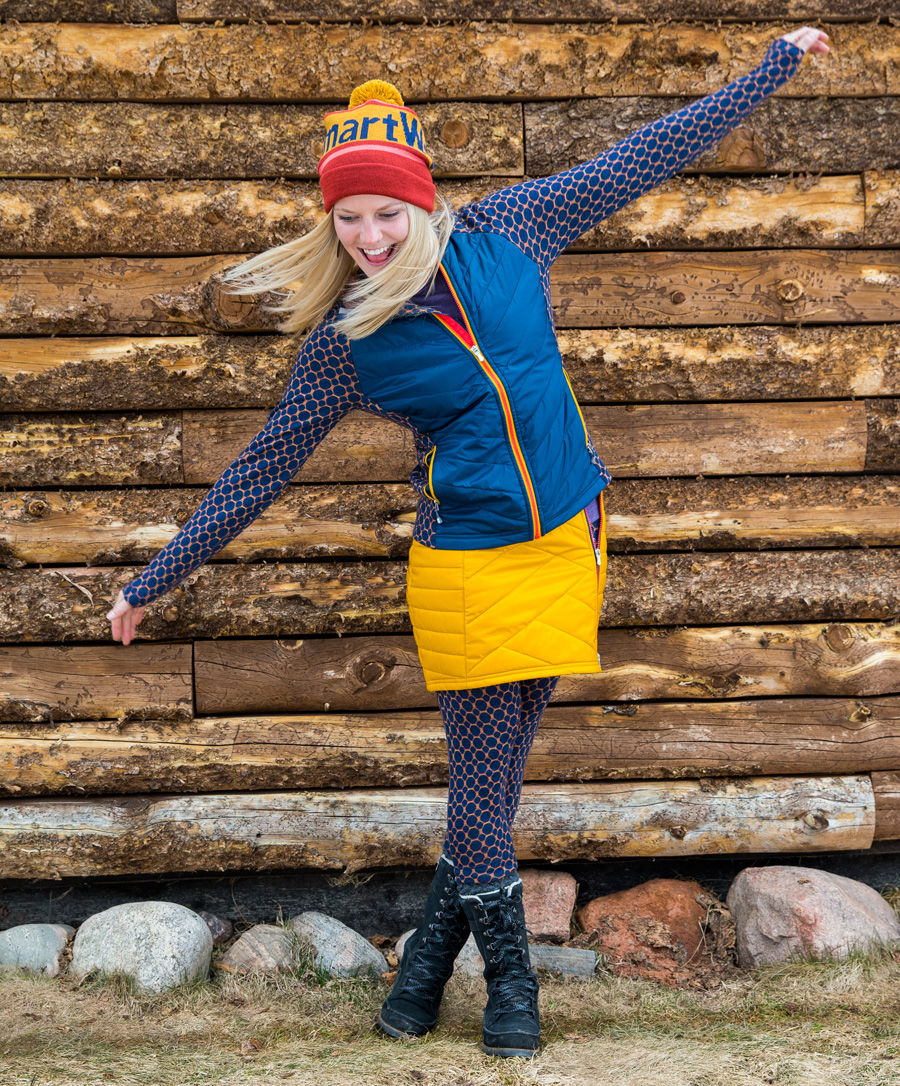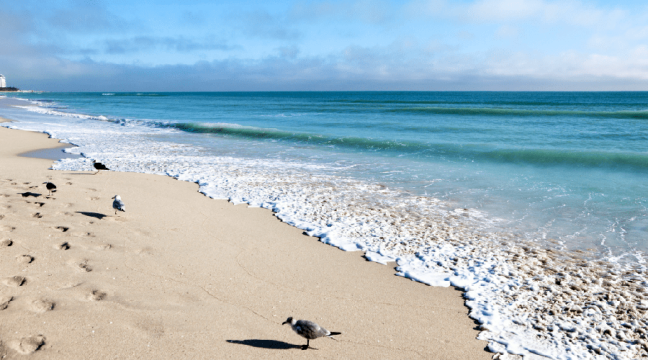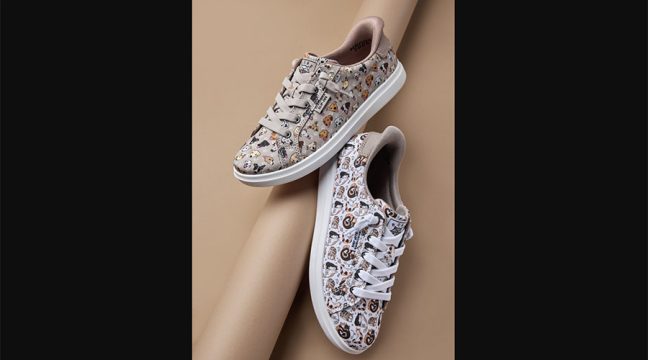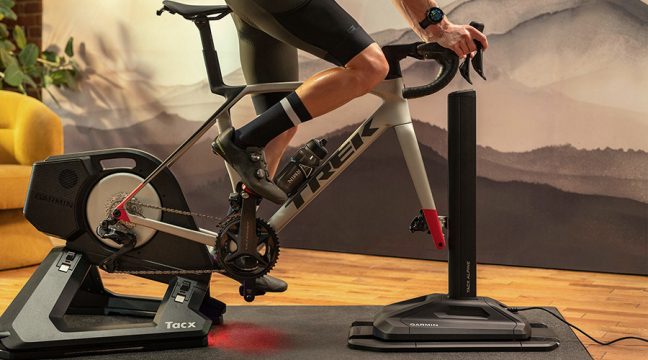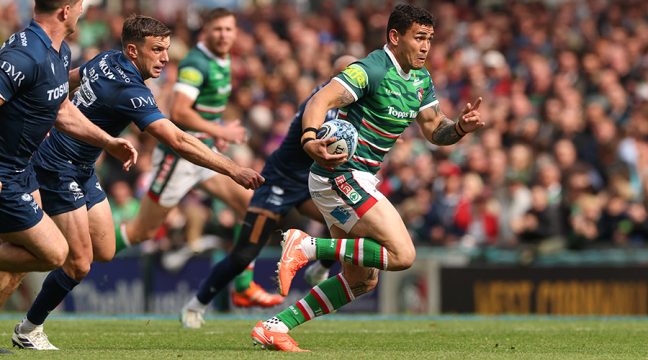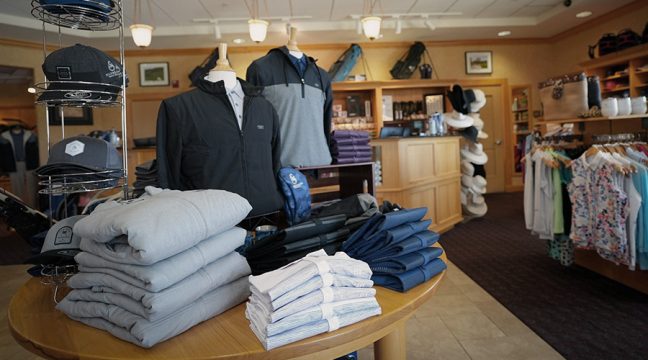Today’s performance insulation outerwear goes well beyond just the puffy — addressing both erratic weather patterns and a wider spectrum of consumer cold-weather activities.
By David Clucas
While an unusually warm start to winter on the East Coast and throughout the Midwest dampened insulation outerwear sales through the important Holiday 2015 season, sales of insulated jackets are actually up 17 percent in units and up more than 9 percent in dollars for the past 52 weeks, through January 30, 2016, for all specialty, chain and Internet channels, according to SSI Data*.
Partly driving those strong annual figures is last season’s very cold winter, which stretched well into early spring, offsetting some of this winter’s warmer temps. Plus, strength has come from an expansion of the category, with more insulation solutions for the growing active lifestyle space. For example, while retailers saw sales of skiing and snowboarding jackets down 17 percent and 19 percent, respectively, in dollars, during the past 52 weeks, sales of insulated outdoor jackets (including the growing endurance space) were up nearly 15 percent and sales for the fashion/casual insulated jacket space jumped 44 percent. Insulated fishing jackets, while a very small part of the category, also saw healthy gains as another example of brands expanding their reach.
It all matches well with what brands and retailers are telling us as we take a look at what’s trending in insulation outerwear.
A RUSH OF INSULATION INNOVATIONS

For years, active lifestyle brands leaned on the puffy, down-filled jacket as their insulation outerwear go-to. The innovation was mostly in the lightweight exterior of the jackets, and they sold like hot cakes. But the general and mass markets quickly picked up on the trend, and from Uniqlo to Kohl’s, the puffy was soon widely available and affordable, cutting into specialty margins.
This forced the industry to innovate at a faster pace to stay ahead of the curve and set themselves apart. That includes new exterior constructions, such as those debuted by Gore-Tex, to add more weather-resistant protection and breathability to insulation pieces.
The North Face’s “double-weave” chambers caught our eyes, too, in which insulation baffles are pre-woven in as part of the fabric, instead of the need for post stitching. Pertex introduced its new CS10 technology, where the construction advances are within the exterior yarns themselves — shaped like diamonds to lock together and provide better abrasion resistance and water-beading — and Columbia expanded its waterproof/breathable OutDry Extreme to new insulation pieces.
New synthetic fills also are aplenty, driven by a surge in natural down prices a few years ago. The innovations attempt to better mimic down’s softness and loft for more lightweight and compressible insulation, while delivering better moisture management. Bergans of Norway is a big name leading these efforts. Spun wool insulations are also rising as a natural alternative to down. They’re not as light and compressible, but excel in odor control and temperature regulation. And NuDown continues to bank on air as the best insulator — pump in more for increased loft and warmth; let it out for when it gets too warm.
The coming year will bring the rise of recycled down as brands from Patagonia to Ternua look to play off sustainability stories in insulation. The former also debuted a new synthetic fill in partnership with PrimaLoft for its popular Nano Puff collection, now with 55 percent recycled content. And another environmental story to keep an eye on will be if PFC-free treated insulations (for water resistance) catch on as part of the wider DWR debate.
ACTIVE INSULATION FOR AN ACTIVE CONSUMER

Mountain Hardwear Stretch Down RS Jacket. Photo courtesy Mountain Hardwear.
The wave of new insulations reflects an evolving active lifestyle consumer. No longer are they beholden to a few traditional winter-time activities like skiing. They are out running, biking and heading to the CrossFit gym for a varied and diverse list of workouts.
Today’s active consumer not only demands insulation, but heat management in their winter apparel for when they pump up the heart rate.
“We continue to see interest growing in ski product that works as well going uphill as it does going down,” said Jordan Wand, VP of product and marketing at Outdoor Research.
For these products, coined “active insulation” pieces, there are two big trends:
• Air permeability — sacrificing some wind protection for more air exchange to deliver better breathability and moisture management for sweat-inducing winter workouts while maintaining insulation and weather protection in the cold. Polartec has been a big proponent here with both its NeoShell waterproof shells and Alpha insulation.
• Stretch — adding lightweight, yet durable flexibility to fabric that allows
for unencumbered and natural strides for more physical pursuits. Mountain Hardwear, for example, debuted its StretchDown product, which added stretch, even to the welded seams, for 100 percent flexibility in the garment. More stretch also allows for slimmer pieces with less bulk and material, meeting current fashion trends.
OUTDOORSY URBAN DESIGNS

Photo courtesy Mountain Hardwear
Futuristic, shiny and bright exterior looks are fading on the insulation outerwear fashion scene. For 2016 and beyond, more-muted earth tones and softer looks, even with exterior natural fibers, are making more appearances.
“The perfect combination of technical fabrics that don’t look overly techy paired with a stylish silhouette and massive attention to detail continues to resonate with outdoor consumers,” Jordan Wand, VP product and marketing at Outdoor Research said.
“Fabrics need to be able to be more transitional and stylish, while colors need to be relevant for longer periods of time,” added Jennifer Zollars, sportswear product line manager at Mountain Hardwear.
Brands like Voormi are going a step further, coming up with innovative ways to protect products like wool — on the exterior of its garments — from the elements.
“Everyone is warm and dry now, so design aesthetic and style is more important than ever to stay relevant and continue to grab the consumer’s attention,” said Steve Adams, outerwear PLM for Mountain Hardwear.
REACHING MORE WOMEN
Much of the shift in insulation outerwear could be attributed to women more than any other cause. Their increased participation in the outdoor winter scene has largely altered and expanded the range of activities consumers now pursue in this season.
“Women are more used to expressing themselves through apparel and you can see this on the slopes and in the streets in terms of more variety of silhouettes,” said Philip Tavell, category managing director for Helly Hansen.
But it’s not just about looks. From an industry-wide perspective, we are encouraged to see more women leaders, designers and athletes playing major roles for brands. They’re not only bringing a fresh perspective, but new innovations that are specifically tailored for a more active female consumer. In turn, that’s empowering more women to get out and enjoy the outdoors on cold and snowy days.
*SSI Data, powered by SportsOneSource, provides weekly point-of-sale data and analysis to retailers and manufacturers in the active lifestyle market. To schedule a personal demo or learn more, call 303.997.7302 or Solutions@ SportsOneSource.com.

